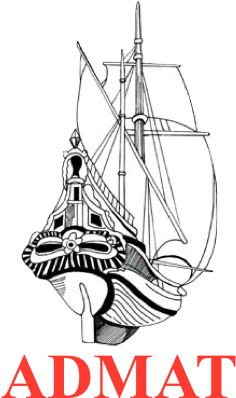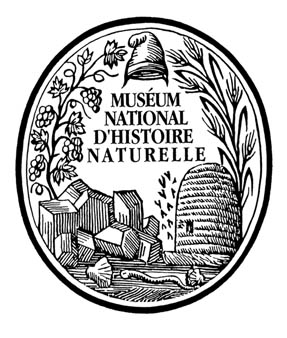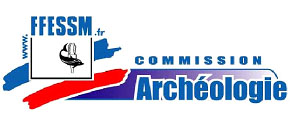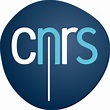Due to COVID 19 the July project is delayed. Dates to be confirmed, hopefully October 2020.
Team Development
Participants will receive regular formal training (ADMAT's Underwater Survey Diver course unique to ADMAT) and artefact handling with informal teaching on Maritime Archaeological practices, some are listed in the course details below. All students will be required to take part in all activities, equipment, maintenance, survey plans and photography. This is very much a team activity. The more you put in the more you will get out of this project. This is not for people who want to sit on the beach relaxing and do nothing. This is a diving archaeological project, and participants will be required to dive/work on land as well as underwater.
Course Content
Training in the principles of Maritime Archaeology and survey will be given to all participants during the project. Basic training in the following where applicable:
Underwater Mapping & Surveys, The Principles of Artefact In-Situ Recording, Artefact Registration, and Archaeological Photography, and Aquascan metal detectors/graidometers, The Wrecking Process and Ship Construction.
Fees
The fees for the field school are: $2,000.00 US per week for current university students and $2,200.00 US per week for Team members who are not currently students; for the diving and $1,250.00 US per week for non diving positions. There are further discounts for members staying longer than two weeks. This is excluding flights and transfers, alcoholic drinks, diving and medical insurance and personal spending money. These fees are inclusive of all administration, breakfast, packed lunch on the boat, evening meal, drinking water, ice and cordial, tuition, and diving.
All students must fly into Santiago Airport code STI or Puerto Plata code POP. These airports are 2.5 hrs and 3 hrs drive each way respective. Once the team has been decided then the airport will be chosen, as all participants must fly into the same airport on the same day.
If your application is successful, an invoice will be sent after acceptance of your application form, where upon the full field school fee amount is to deposited into ADMAT ’s bank account in the UK.
Exclusion Clause
There is an inherent risk associated with diving and conducting archaeological work / training underwater. ADMAT France, ADMAT USA, Anglo ~ Danish Maritime Archaeological Team Ltd and/or their affiliates or related corporations, partnerships, agents, principals, staff, local Volunteers or employees shall not in any way be liable for accidents, injury, death, inconvenience, damage, incidents, injuries, theft, loss of diving or enjoyment due to bad weather, losses of causes of action of any kind incurred during, or arising out of, or in connection with your stay at this field school or the use of the project equipment or personnel. Students, Participants, Volunteers, Project members expressly agree to assume all risks associated with the contemplated activities foreseen and unforeseen. Project members assume all responsibility for any medical condition and should consult their doctor if they have any medical conditions that are not compatible with strenuous diving activity. It will be a requirement that all project members, volunteers, students howsoever named, accept this clause when they make their reservation. They will be required to have appropriate diving/accident medical insurance such as DAN insurance.
Recommended Reading List
Adams, J. (1985). Sea Venture. A second Interim Report. Part 1 The International Journal of Nautical Archaeology and Underwater Exploration 14.4:275-299
Gould, R. A. (2000). Archaeology and the Social History of Ships. Cambridge: Cambridge University Press.
Lavery, B. (1987). The Arming and Fitting of English Ships of War (2nd edit.). London: Conway Maritime Press Ltd.
Martin, C. J. M. (1995). The Cromwellian Shipwreck off Duart Point, Mull: An Interim Report. The International Journal of Nautical Archaeology and Underwater Exploration. 24.1:15-32.
Mathewson, R. D. III. (1975). Historic Shipwreck Ceramics: A Preliminary Analysis of Olive Jar Data from the Wreck Site of the Nuestra Senora de Atocha. Boca Raton, Florida: Department of Geography, Florida Atlantic University.
Muckelroy, K. (1978). Maritime Archaeology. Cambridge: Cambridge University Press.
Spooner, S. Q. (2002). Underwater Survey Diver Archaeological Course. Anglo ~ Danish Maritime Archaeological Team. PDF available to participants on line or by disk.
Spooner, S. Q. (2004). Protecting The Caribbean's Historic Shipwrecks. A New Model For Success in Mediterraneum 4: Massa Publications, Napes- Italy. PDF available to participants on line or by disk.
Spooner, S. Q. (2004). The White House Bay Wreck, Interim Archaeological Report. London: ADMAT Publications. PDF available to participants on line or by disk.
Spooner, S. Q. (2006). The Button Wreck, Interim Archaeological Report. London: ADMAT Publications. PDF available to participants on line or by disk.
Steffy, J. R. (1994). Wooden Ship Building and The Interpretation of Shipwrecks. London: Texas A&M University Press, Chatham Publishing.
ADMAT's maritime archaeological work on this wreck site was assisted by ADMAT-FRANCE a non profit organisation based in the Institut de Paléontologie Humaine, Muséum National d’Histoire Naturelle, Paris.
ADMAT-FRANCE is a sub division of the Anglo ~ Danish Maritime Archaeological Team
ADMAT is delighted to have an association with Muséum Nationald’Histoire Naturelle at Paris, départememt Préhistoire, UMR-CNRS 7194.





